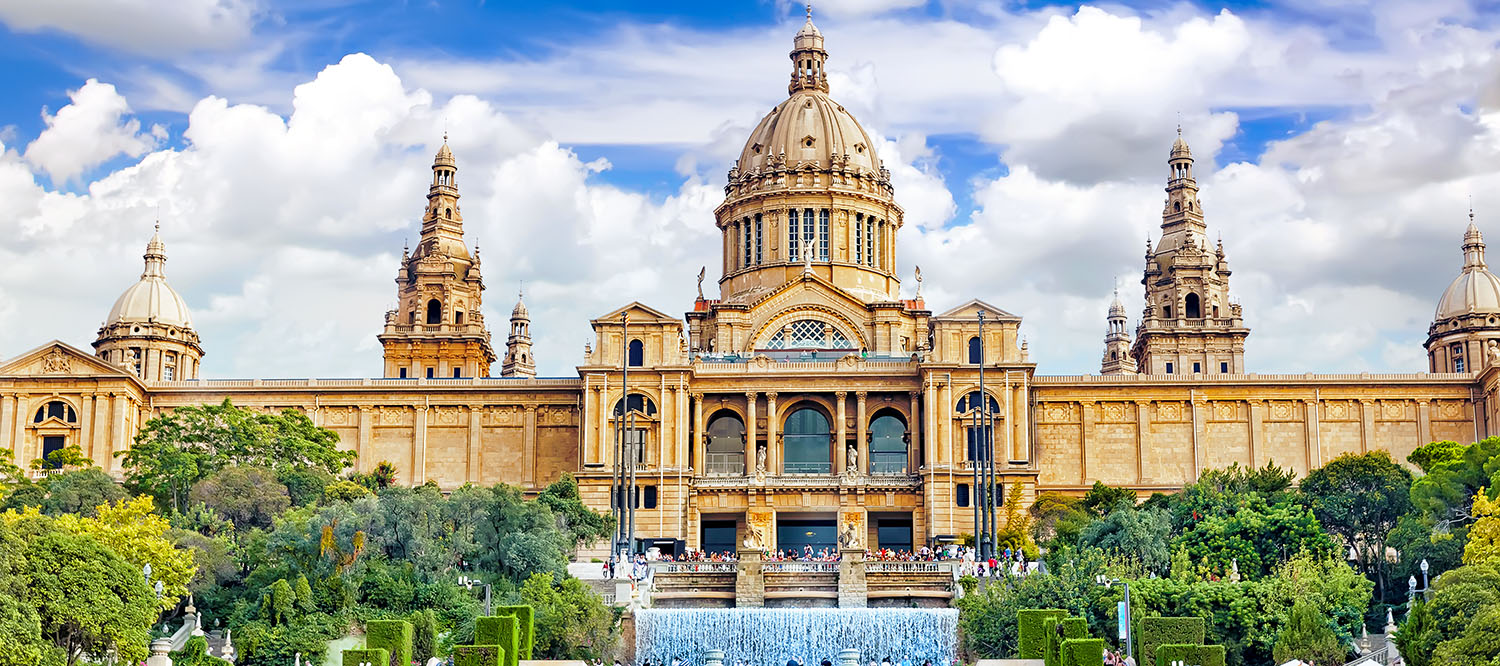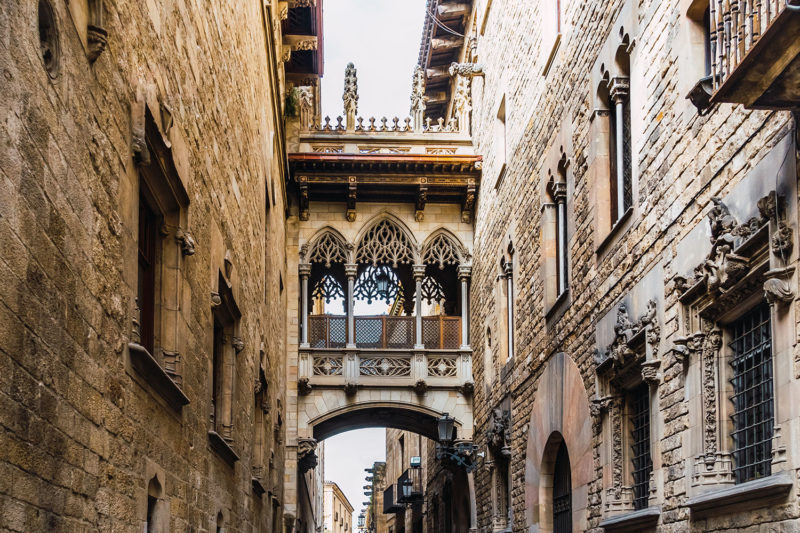

The best advertising in our history
Catalonia is a country with a strong advertising tradition. Barcelona has been the birthplace of internationally renowned advertising agencies, which have been recognised for their creativity. Catalan advertising began more than 150 years ago. At 11Onze we take a look back at the best moments in our history.
The first advertising company in Spain was founded in Catalonia by Rafael Roldós (1846-1918). His family was linked to the world of printing and he began his professional career as an advertising broker for the ‘Diari de Barcelona’ and soon founded Roldós y Compañía in 1872. The exhibition ‘Publicitat a Catalunya 1857-1957. Roldós i els pioners’, which was shown at the Palau Robert, brings together all this legacy.
Today, Roldós S.A. is one of the oldest advertising companies in the world and for more than 100 years it was the example to be followed by the rest of the Catalan advertising agencies. The experience of Roldós was joined by other advertising agencies, such as those of Pere Prat Gaballí, Rafael Bori, Joan Aubeyzon, José Gardó and Malcolm Thomson, who helped to consolidate a profession that mediates between advertisers and the media. At first, of course, advertisements had almost no illustrations and the texts were straightforward. “Hair wash”, “Bargain, really”, “Public notice”, “Great range” were the common slogans to catch the readers’ attention.
The rise of poster art
However, illustrations were gradually gaining ground. Catalonia was also the first place in Spain where the modern poster appeared. Industrialisation and the bourgeoisie were the main driving forces behind Modernisme, a highly charged and precious style, which also incorporated advertising, always in the latest fashion. Especially as a result of the Universal Exhibition of 1888, poster design spread throughout the country, where competitions were even organised. The book that best captures this history is undoubtedly the work directed by Carolina Serra, ‘Història de la publicitat de Catalunya’ (History of Advertising in Catalonia), which highlights the importance of this sector.
Thus, the first modernist poster is by Alexandre de Riquer for a photography brand in 1895. Others by Llorenç Brunet, Modest de Casademunt, Ramon Casas, Joan Llaverías and Francisco de Cidón will soon follow. Possibly the most recognised poster of the period is ‘4 gats. Pere Romeu’ by Casas, in which we see Romeu at the bar of the famous Barcelona restaurant Els Quatre Gats looking directly at the reader. But there are others, such as those for Anís del Mono or Codorniu.
War and repression: the emergence of new formats
With the spread of radio at the end of the 1920s, new advertising formats appeared that changed the whole face of advertising. Advertising was incorporated into the world of education and professionals began to organise themselves into associations. Poster design, moreover, took on a rationalist aesthetic and, especially during the Civil War, political messages and proclamations triumphed. The work of the Propaganda Commissariat of the Republican Generalitat to fight fascism, headed by Jaume Miravitlles, was particularly noteworthy at this time. From this period are the well-known poster-photographs by Pere Català i Pic and the transmedia campaign “El més petit de tots”.
After the Civil War, international isolation and repression led to the complete disappearance of Catalan in advertising. And it was not until the early 1950s that Catalan society once again showed an interest in consumerism. Advertisements such as Potax and Cerebrino Mandri date from this period. But 1956 was the year that marked a before and after, because it was when Televisión Española began its first broadcasts and new advertising agencies appeared that changed advertising formats forever.
The Olympic Games and the rise of the audiovisual industry
It was during the 1960s, 1970s and 1980s that advertising production, art and film were perfected. New ideas were explored, created, innovated and, finally, sold. It must be understood that, at that time, advertising teams had not studied any university degree: they built the profession as they practised it. This is how multidisciplinary teams were formed, with filmmakers, graphic designers, photographers, art directors, producers and commercials.
From the simple messages of the 1960s, such as “OMO lava más blanco”, to filming would take only a few decades. With the advertising boom in the United States and the United Kingdom, the psychedelic photographs and montages of Leopoldo Pomés triumphed. Possibly the most famous was for Terry cognac with the slogan “Terry me va”. Other notable names include Jaime de la Peña and Pepe Fons of Group Films. Peña won the Golden Lion at the Cannes International Advertising Film Festival for the 1979 advert “I Feel Lois”. The Moro brothers, who spread the use of the jingle, also made a name for themselves at that time. Theirs are the “Está como nunca” from Fundador (1960) or the Gallina Blanca advert from the same year, where a hen does a striptease for the camera.
But it was from the 1980s onwards that everything took on a new dimension, culminating in a new image for Catalonia and Barcelona with the 1992 Olympic Games and the production of the Olympic film by the production companies Ovideo, Group Films and Lolafilms. At that time, the underground art of fanzines and cultural magazines had a major influence through illustrators such as Mariscal and Nazario. Group Films was joined by other agencies such as MMLB, RCP and Bassat & Asociados, and Barcelona became the advertising factory for Spain. Nenuco, Cruz Roja, Byly, Trex… By the 1990s, special effects and digital animation were incorporated, and continue to this day.
Advertising is part of our collective memory. That’s why we still remember the song of the language campaign “Parla sense vergonya”, the song “Envàs, on vas?” or the sense of peace of the Audi advert with the slogan “¿Te gusta conducir?”. We have even organised neighbourhood raids to get this year’s La Mercè poster or that of illustrator Paula Bonet. And every summer we eagerly await Estrella Damm’s “Mediterràniament” advert; and every Christmas, the La Grossa and Campofrío ads. Advertising, whether we like it or not, explains us and makes us.
11Onze is the community fintech of Catalonia. Open an account by downloading the super app El Canut for Android or iOS and join the revolution!
Leave a Reply
You must be logged in to post a comment.





Formeu un gran equip, teniu na bona iniciativa, però trobo a faltar un ganxo que atregui més persones de diferents àmbits de la societat, exemple: cinema, series, programes de TV, vendes d’una amplia gama d’artícles a través de les diferents marques… El que us he dit, amb carinyo
Hola Felipe, moltes gràcies pel teu suggeriment, em sembla que tens una bola d’aquelles del futur. Si ho visualitzem tots i totes ho farem possible! Pensa que acabem de fer un any i tot just fem les primeres passes. El nostre Marketplace aviat anirà creixent!! Esperem!
👌
Gràcies, Joan!!!
Un bon article o una excel.lent idea,l’historia d’un país visualitzada i explucada per l’historia de lz publicitat ,com dih la Merce3cal entretenir-se en aquest article
Gràcies pel teu comentari Alícia!
Ok 👍
Gràcies, Josep!!!
Només llegint et passa tota una vida pel davant, no cal dir si a més a més cliques els enllaços. Un article per dedicar-hi una bona estona. Ens enorgullia que la majoria d´anuncis de la Tele es rodessin a Barcelona! Ara sabem que hi havia bons fonaments.
Es interessant comprovar com la necessitat de vendre un producte , una idea o un esdeveniment ha creat una industria que al mateix temps també s´ha de vendre ella mateixa, i en crea d´altres per poder vendre’s , i així successivament.
Aixi és Mercè!